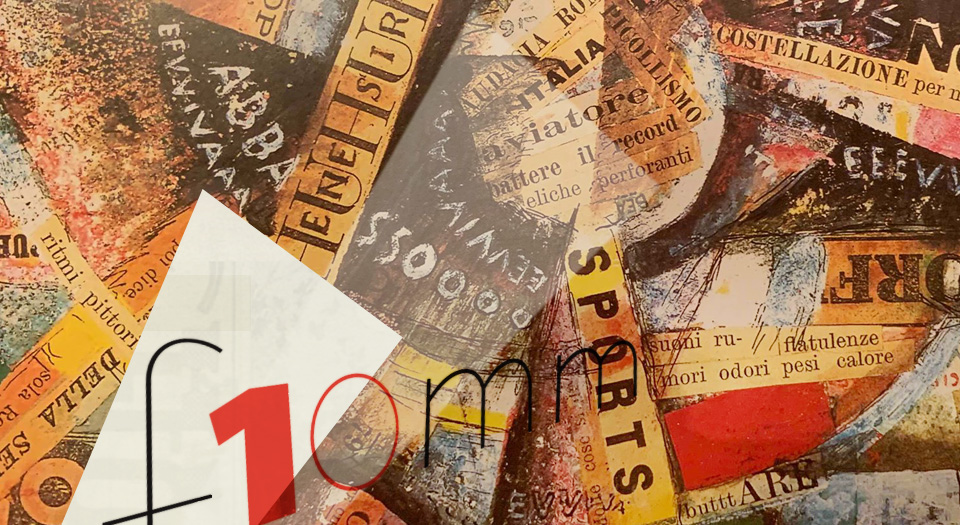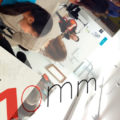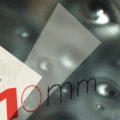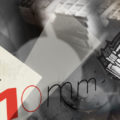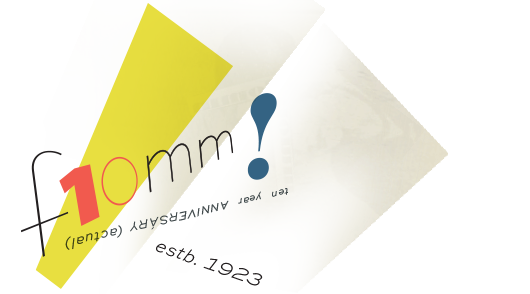
A PERSONAL HISTÓRY oF FLOMM so far PART 3 of 10
“Books are the cheat code to life.”
—Tirzah Moneé Johnson, former student, entrepreneur, partner in the school we are opening in 2020
I learned how to skim whole books while learning to be Education Master. And I went thru many Modern Art editions, and I’m still reading new finds today.
reading is güd
I’d been a fan of books/magazines/publications since I was a child.
Books Inc. at Hillsdale Mall in San Mateo, California was where I’d explore Paddington Bear, which was my favorite for awhile.
Scholastic ‘ARROW’ Book Club purchases in elementary school introduced me to some awesome humour books that snuck learning in – tied into their own Dynamite magazine, which had awesome illustrator Sandy Huffaker who I think also does triple duty as Barry Blitt AND John Cuneo – mainly cause I’ve never seen mor than one of them at any time in the same room together.

da funny books
There were no comic book stores in the 1970s. If you wanted a comic book, you took your chances with drug stores, newsstands, Woolworth’s and 7‑Eleven.
My uncle used to shop at Ed’s Smoke Shop in San Carlos where I’d devour The Pink Panther, Flintstones and anything that was tied into wat I’d see on television.
There weren’t a lot of tie ins – corporations hadn’t quite figured out how to sell lots of product to obsessive children until after Star Wars (1977). And mostly older non-superhero titles were my favorite finds – my dad used to buy booths at local flea markets to sell watever junk he had lying around (San Jose, Oakland, San Mateo, Brisbane). There he netted for me vintage Bullwinkle, Jerry Lewis, E‑Man and Sad Sack comics. Sad Sack had a long history going back to World War 2.
And when I found the first batch of MARVEL Star Wars comics in a plastic bag at Toys-R-Us — then saw that after issue 6, they went ‘Beyond the Movie, Beyond the Galaxy’ – I became totally addicted to collecting, buying monthly.
The Micronauts were an awesome toy tie in. Andy Helfer and Kyle Baker’s 1980s version of The Shadow, which destroyed the character in ways The Last Jedi never thought to do – was my all time favourite.
And Bill Bixby’s Incredible Hulk got me into the awesomeness that was MARVEL.
It was an addiction that lasted until the early 1990s when multiple covers and really crappy stories designed to just move product burnt me out – and by then, I was starting to explore MOR experimental titles/underground comix/manga and other unusual takes on the art form – and then I fell in love with just plain ol novels. Without all the pictures already picked out for me.
(As a side note, my entire comics collection from this time is available for purchase at Oblivion Comics & Coffee in Sacramento. Another Sacramento hotspot owned by a couple of flommists/former students.)
And I was reading wat I could on the train to SJSU – but not my textbooks, of course. Because rebellion.
“Comic books are the entry level drug to reading literature.”
—Me, I said this at one point
Comic books help train one’s imagination to apply visuals to the written word.
And that’s how books come alive. And then it’s easy to jump into other worlds. And if you didn’t like the book, maybe you weren’t in the right mindset to read it.
That was me with Oliver Twist (1839). I remember reading every assigned word in high school, but not retaining any of it.
But – once I learned to put my OCD in a box, I could better navigate heavy texts and dive in with weights on. My collection of graphic design books was about to be replaced with many Modern Art editions.

Which oddly enough, can be inexpensive to own thanks to places like Friends of the Library and other recyclable, used book sources. Modern art books are everywhere – tho – I found this out the hard way: It wasn’t really until the late 1950s – with books such as Herbert Read’s Modern Painting that some of the coolest stuff was being referenced.
For most of the first half of the 20th Century, books on Modern Art covered Impressionism, a whole lot of Van Gogh and you’d be lucky if Picasso would get a sentence here or there. Books published at the time by scholars, critics and most museums hadn’t quite figured out wat they were looking at just yet.
Modern Art was THAT radical.

art histories
I found myself gravitating towards books on theory, philosophies – how the artists were reacting to their situations – how all of this shaped wat they ended up doing.
That’s been a big part of my Graphic Design History course – without the backstory and the humans reacting – it’s all just words and figures, usually presented as facts.
Following tradition was everything by the turn of the 20th century – so the idea that a painter like Cézanne could actually show his brush strokes intentionally as his interpretation of The Real World was a rebellious concept.
So rebellious it got a bro named Picasso’s attention. And when it came to the artists themselves, he was a great starting point for me.
“Why the fuck are you famous?”
—Devon, in my magazine class, coming up with a hedline for something popular
Like, why the fuck is Picasso so famous? Like, really. Everyone knos his name, probably mor than ANY OTHER MODERN ARTIST. His name is synonymous with Art. Even Anthony Hopkins played him in a movie, which I did not see.
And I was determined to find out why this all was.
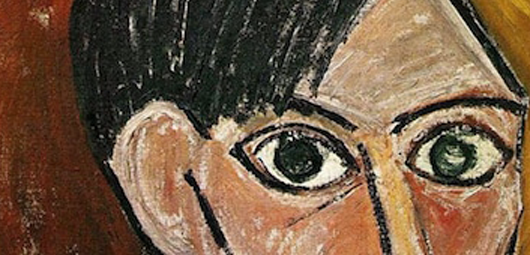
“When I was a child, my mother said to me, ‘If you are a soldier, you will become a general. If you are a monk, you will become the Pope.’ Instead, I was a painter, so I became Picasso.”
—Pablo Picasso (1881–1973)
And from Jack Flam’s excellent Matisse and Picasso: The Story of Their Rivalry and Friendship (2003), it fell together.
Picasso was obsessed with NEW. Always NEW. And while Cubism was inspired by African Masks (which were totally NEW because they were ignored by European culture at the time), he was able to push his artwork beyond the visuals everyone else was coming up with.

And when everyone else was doing Cubism, he decided to change it up and do something else. Hell, he’d lie in interviews about wat his work habits were so no one would catch on. It was discovered recently that he was (allegedly) using house paint to get bright colours when no one else thought to.
I interpret it as a relentless pursuit of not doing wat everyone else is doing – constantly working to reinvent and create something NEW.
And his work managed to catch on in the right circles (Gertrude Stein had money and walls to fill), and he became famous for it.
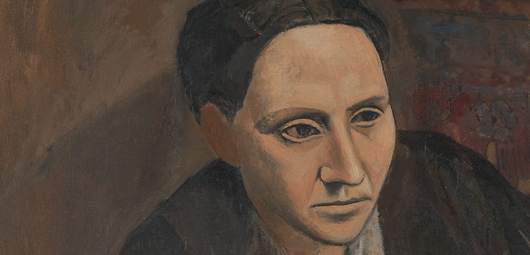
Influences are everywhere. And while Picasso was influenced by Cézanne, he then became the influence of others.
And once – historically – the Modern ‘Art doesn’t have to mimic reality’ cat clawed its way out of the toothpaste tube, things were not going to be as they were.
shocking
I love curmudgeons. And art critic Robert Hughes was one. His Shock of the New (1980) Modern Art history documentary series (above) – tho rather dated today – is fucking awesome.
Warts and all is how I like my history. Because humans being humans is wonderful.
All told thru Hughes’ opinionated, sardonic, and always questioning wit.
He died right after I finished reading an old copy of The Shock of the New book, so my dream of him as critic totally destroying THE BATTLE For MODeRN 1923 as ‘horrible pastiche’ when released never happened. (I did plan to troll him like crazy just to get a reaction)
Then two other authors died after I finished reading their books. This was not a pattern I felt comfortable with at all.

war of the futurists
Then there was Marinetti and the Italian Futurists.
And a sideshooter is a war game. And Marinetti advocated WAR and violence and speed and traffic accidents and all sort of dangerous things.
“War is the only hygiene of the world.”
—F.T. Marinetti
Marinetti went public with his Futurist art movement while Picasso was still mostly experimenting in his studio.
The first Manifesto of Futurism appeared in the popular French newspaper Le Figaro 20 February 1909 because Marinetti wanted people to read it.
A propagandist whose techniques are akin to Howard Stern’s shock jock days, F.T. Marinetti knew how to piss people off. So much that he’d attack anyone who needed to be shook up.
At one point, artists involved in the 1917 Russian Revolution took his call to war seriously and actually had a war. They created radical artwork beyond anything at that point, calling themselves The Russian Futurists and even invited Marinetti to speak.
And in his proto Howard Stern-esque way, he declared (at a podium), “This is NOT Futurism!” and had to be snuck out of the country cause the crowd wanted to, you kno, murder him.
The fashion industry loves to swipe from the Futurists – ignoring their blatant sexism and how they helped contribute to the rise of Fascism in the 1920s.
But, I was going to do the same with THE BATTLE For MODeRN 1923 – swipe huge swaths of Futurism approaches to visuals and theories – and we ended up using a percussion heavy track by Chelsea Davis called Fire that I felt the Futurists would be listening to IF music had evolved then to where it is now.
(Here’s her demo, which was recreated as an instrumental for our game because the original files died in a hard drive disaster no one talks about these days)
And it was still 2009 – the 100th anniversary of Marinetti’s Futurist movement being celebrated was just off my radar – and when the radar ping showed up, I saw the Italian Consulate in San Francisco had a show going of Futurist graphic designer Fortunato Depero.
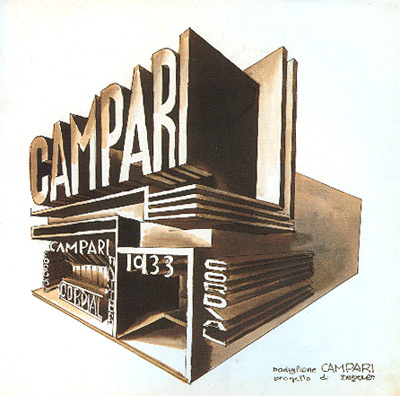
So I drove the 100 miles from Sacramento to catch the exhibition before it closed, bought the catalogue and just drooled over his dramatic typography, expressive ink washes and pencilled works.
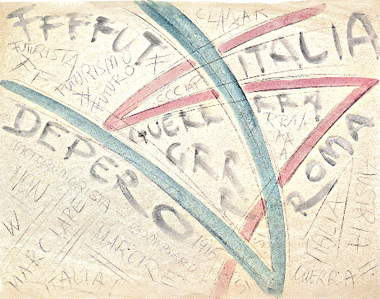
There’s something about seeing the real art – in person – that books can never replicate.
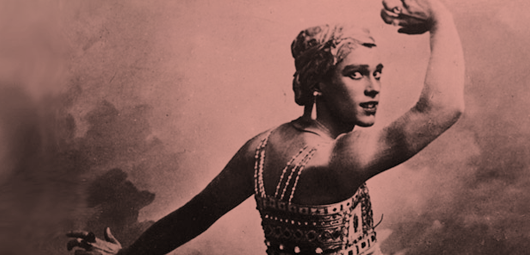
standouts
Eventually a Bibliography of all the books I went thru when working on the game found a home on our website. In sections by topic, with links and capsule reviews.
For wat I ended up crafting for the game, tho, these two were exceptional:
1.
I found Paul Fussell’s The Great War and Modern Memory: The Illustrated Edition (2012) at the school library. And it took apart – line by fucking line – all the heroic, news reports, poetry and autobiographies of WW1 and shatters how stupid The Great War actually was.
2.
And best book on all of this was one I spent over a year slugging my way thru: Modris Eksteins’ Rites of Spring: The Great War and the Birth of the Modern Age (2000).
It is a massive dissertation that takes history to task and sets up questions and interpretations that’ll throw anyone on their ass. I loved every minute of it and it led to my interest in All Things Early Modern – beyond art and design to the Russian Ballet to Monarchies to Politics to Expressionist Cinema.
It also posited an answer to a decades old question I had about WWI: Why the hell did it happen?
And my final take on all of it is: Insecure egos + sibling rivalries of the ruling classes. The grandchildren of Queen Victoria – with the United Kingdom and Germany being the opposed ‘anchor powers’ in the conflict (like an anchor store at a mall) – were out to prove something, so they started a giant pissing contest where millions had to die because that’s wat International Tradition dictates.
With Modern inventions – from machinery to propaganda – making the killing so much faster, efficient and accepted.
Controversial way of looking at it, but it makes fucking sense.
And this was going to play a MAJOR role in THE BATTLE For MODeRN 1923 and later, the FLOMM movement itself.

but have i gone too far?
Well, with my OCD fully functioning, I’m big on getting things accurate, so to speak. And I wasn’t going to do a half assed job with this game.
Hell, when I teach Graphic Design one of my big points is
No designer can do an adequate job on any project without doing research first. Otherwise, you’re just spinning in the dark. And this is the MAIN reason most graphic design pieces get rejected.
“Don’t let your taste get in the way of your work.”
—GOS“
That too. Preconceived views of things when approaching a new project typically will fuck you up if you don’t kno anything about wat you’re approaching.
And learning could be tied into all of this. Which led to the very George Lucas-y approach I was about to take.

con
tinue
read
ing —
forward to PART 4 • • •
· · · back to PART 2
—steve mehallo
Flommist Steve Mehallo is a graphic designer, illustrator, font designer, educator, foodie and gadfly. He is the creator and founder of FLOMM!
PLEASE SUPPORT FLOMM
TIPS + DONATIONS DISCREETLY ACCEPTED






